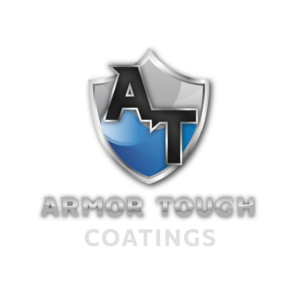3 Key Steps for Steel Surface Preparation

Steel’s hardness, durability, and strength have led it to be a choice material for industrial machines. By using industrial coatings, the steel surface lifetime can be preserved and lengthened.
In fact, coatings on steel provide many benefits, including:
- Improving resistance to corrosion from oxidation and salt attack
- Strengthening defenses against abrasion and wear
- Enhancing performance in environments with harsh chemicals
- Making the equipment aesthetically pleasing
- Allowing the equipment to be safer and easier to work with
With all of these benefits, coating your steel seems like a no-brainer.
But before you add an industrial coating to your steel, you need to prep the surface. Steel is a dense material which makes it perfect for constructing industrial machines, but because it is so dense and does not have a porous surface area like its other material counterparts, it requires special preparation before coating.
Since the surface is so smooth, it makes it difficult to get the coating to apply evenly and adhere properly. So, how do you ensure your steel gets the best industrial coating application?
Here are 3 steps for preparing your equipment’s steel surface for painting:
Determine If Pre-Cleaning Is Necessary
If the steel you’re working with has come into contact with any soluble substances, it needs to be pre-cleaned.
This list includes grease, oil, and any common workplace chemicals. Another factor for pre-cleaning is your environment. If you live in a high-salt area, it is essential to pre-clean your steel as even the smallest amount of salt can interfere with coating adherence.
Lastly, if you live in an area that suffers from high pollution, it’s best to pre-clean your steel to remove any lingering particles.
Select & Perform Appropriate Surface Preparation
There are several forms of pre-cleaning. Different types are appropriate for different scenarios and steel applications.
- Abrasive blasting is a fast and cost-effective cleaning method for large areas of steel. It eliminates mill scale, rust, and old layers of paint. However, it will not remove viscous substances such as oil, grease, or chemicals. If you perform abrasive blasting, make sure you rid the steel of those substances during pre-cleaning.
- Wet abrasive blasting is another form of surface preparation. It utilizes a low-pressure application of water and is good for water-soluble contaminants. High-pressure blasting is needed for maintenance cleaning. This is the superior option if dust is a concern. Beware of flash rust occurring with this option, and consider applying a rust preventer to mitigate this problem.
- Hand tool cleaning is used as a supplement to cleaning with power tools. It helps to get hard to clean places that power tools cannot access. Make sure your surface preparation is up to standard.
Make Sure Your Surface Preparation Is up to Standard.
A painting contractor should inspect the steel surface before adding a primer layer.
Preparation requirements vary according to the environment, primer and paint to be used, and industry standards. It is always best to have your work checked by a professional to make sure your coating application goes as smoothly as possible.
Industrial Painting in Metro Detroit
Armor Tough Coatings has been performing industrial paint jobs for citizens in metro Detroit for years! Trust us to give your machinery the paint job it deserves. Protect your equipment and call today!


